Colongitude 12° at sunrise Diameter 86,000 m | Eponym Tycho Brahe Depth 4,800 m | |
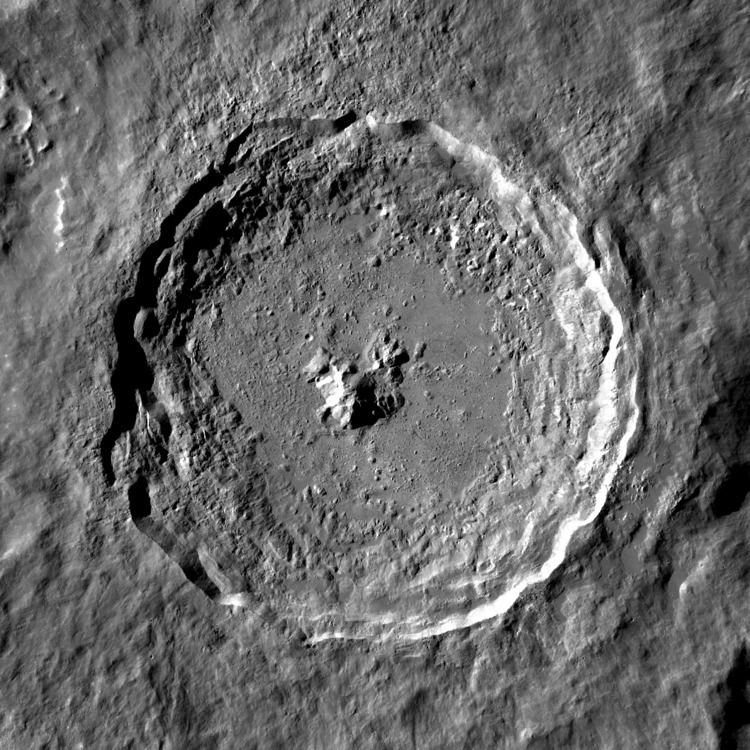 | ||
Tycho (/ˈtaɪkoʊ/) is a prominent lunar impact crater located in the southern lunar highlands, named after the Danish astronomer Tycho Brahe (1546–1601). To the south is the crater Street; to the east is Pictet, and to the north-northeast is Sasserides. The surface around Tycho is replete with craters of various sizes, many overlapping still older craters. Some of the smaller craters are secondary craters formed from larger chunks of ejecta from Tycho.
Contents

Age and description

Tycho is a relatively young crater, with an estimated age of 108 million years (Ma), based on analysis of samples of the crater ray recovered during the Apollo 16 mission. This age suggests that the impactor may have been a member of the Baptistina family of asteroids, but as the composition of the impactor is unknown this is currently conjecture. However, simulation studies give a 70 percent probability that the crater was created by a fragment from the same break-up that created asteroid 298 Baptistina; which was previously believed to be responsible for the formation of Chicxulub Crater and the extinction of the dinosaurs. However, that possibility was potentially ruled out by the Wide-field Infrared Survey Explorer in 2011.
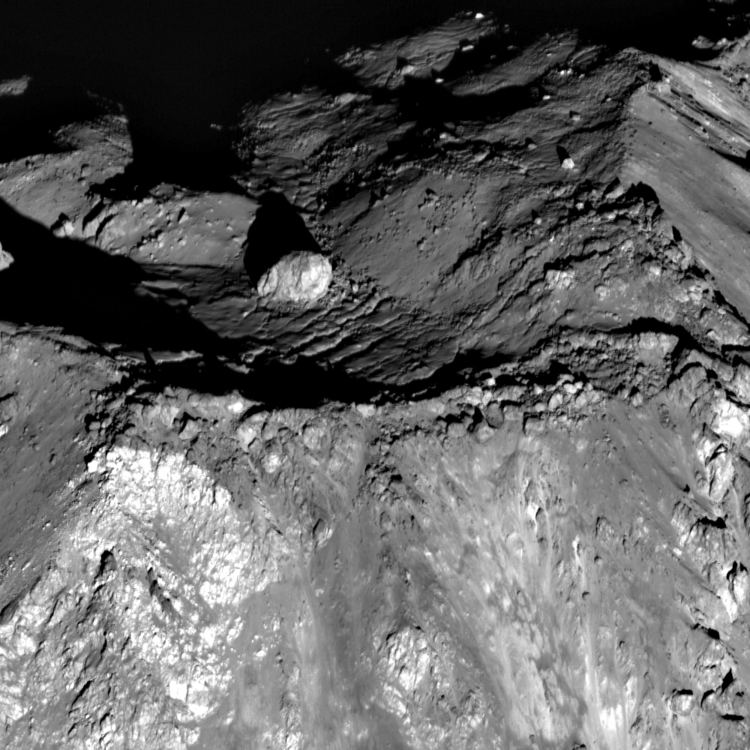
The crater is sharply defined, unlike older craters that have been degraded by subsequent impacts. The interior has a high albedo that is prominent when the Sun is overhead, and the crater is surrounded by a distinctive ray system forming long spokes that reach as long as 1,500 kilometers. Sections of these rays can be observed even when Tycho is illuminated only by earthlight. Due to its prominent rays, Tycho is mapped as part of the Copernican System.
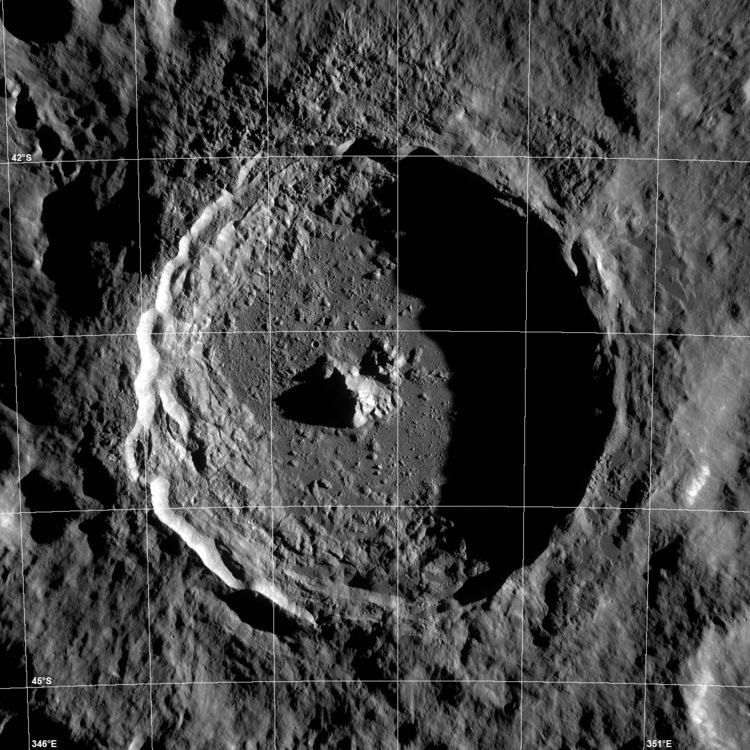
The ramparts beyond the rim have a lower albedo than the interior for a distance of over a hundred kilometers, and are free of the ray markings that lie beyond. This darker rim may have been formed from minerals excavated during the impact.
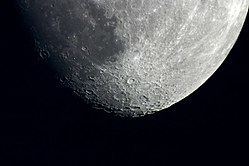
Its inner wall is slumped and terraced, sloping down to a rough but nearly flat floor exhibiting small, knobby domes. The floor displays signs of past volcanism, most likely from rock melt caused by the impact. Detailed photographs of the floor show that it is covered in a criss-crossing array of cracks and small hills. The central peaks rise 1.6 kilometers (0.99 mi) above the floor, and a lesser peak stands just to the northeast of the primary massif.
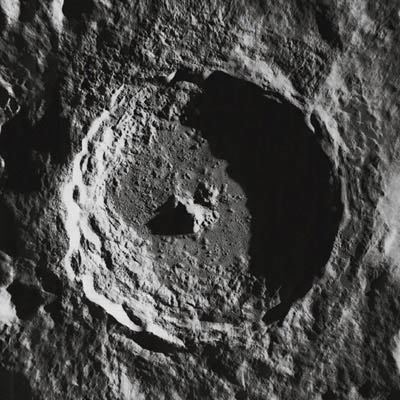
Infrared observations of the lunar surface during an eclipse have demonstrated that Tycho cools at a slower rate than other parts of the surface, making the crater a "hot spot". This effect is caused by the difference in materials that cover the crater.
The rim of this crater was chosen as the target of the Surveyor 7 mission. The robotic spacecraft safely touched down north of the crater in January 1968. The craft performed chemical measurements of the surface, finding a composition different from the maria. From this, one of the main components of the highlands was theorized to be anorthosite, an aluminium-rich mineral. The crater was also imaged in great detail by Lunar Orbiter 5.
From the 1950s through the 1990s, NASA aerodynamicist Dean Chapman and others advanced the lunar origin theory of tektites. Chapman used complex orbital computer models and extensive wind tunnel tests to support the theory that the so-called Australasian tektites originated from the Rosse ejecta ray of Tycho. Until the Rosse ray is sampled, a lunar origin for these tektites cannot be ruled out.
This crater was drawn on lunar maps as early as 1645, when Antonius Maria Schyrleus de Rheita depicted the bright ray system.
Names
Tycho is named after the Danish astronomer Tycho Brahe. Like many of the craters on the Moon's near side, it was given its name by the Jesuit astronomer Giovanni Riccioli, whose 1651 nomenclature system has become standardized. Earlier lunar cartographers had given the feature different names. Pierre Gassendi named it Umbilicus Lunaris ('the navel of the Moon'). Michael van Langren's 1645 map calls it "Vladislai IV" after Władysław IV Vasa, King of Poland. And Johannes Hevelius named it 'Mons Sinai' after Mount Sinai.
Satellite craters
By convention these features are identified on lunar maps by placing the letter on the side of the crater midpoint that is closest to Tycho.
